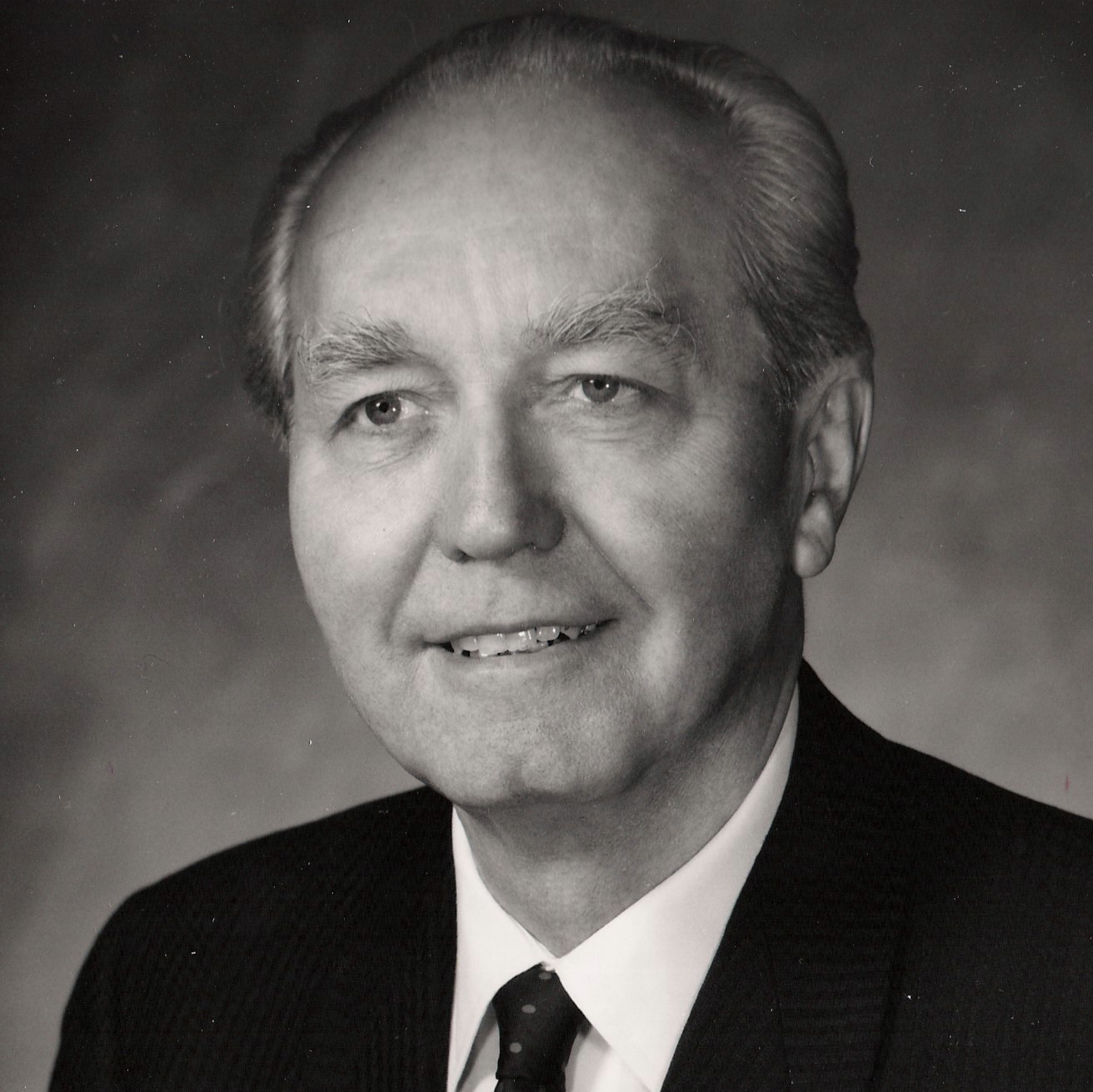
Lately I’ve been reading the late Roy H. Wenger’s autobiography, My Life and Times. In it, Wenger — a long-time Brethren in Christ pastor — describes his childhood among the “plain people” (Brethren in Christ) of Franklin County, Pa.; his romances with wives Ruth Niesley and Miriam Heise; and his pastorate at the Carlisle (Pa.) church.
Of particular interest are Wenger’s reflections on matriculating at Princeton University in the early 1920s — the era in which the fundamentalist/modernist controversies erupted on the campus of Princeton’s seminary.
Though Wenger remained (it seems) relatively isolated ideologically from the tumult of those controversies, the would-be pastor did have a tangential connection: while a student at the University, he claims to have taken a number of classes at the local Y.M.C.A. with Dr. J. Gresham Machen, the fundamentalist theologian and seminary professor who would later leave Princeton to found the more conservative Westminster Theological Seminary.
Interestingly, another illuminating portion of Wenger’s book also deals with the fundamentalist/modernist controversy over biblical literalism. A letter to Wenger from Mary Zook (wife of prominent holiness preacher Noah Zook) — included in the appendix of My Life and Times — suggests that though the Brethren in Christ were relatively removed from the controversies due to their agrarian lifestyle and untrained clergy, some members stepped beyond those parochial limits to develop a concern about the corrupting influence of liberal theology.
Here’s a snippet of Zook’s letter:
To take heed to the word of God is the only true guide we have to point out to us the way of life and salvation and while it has been assailed by men, and has been ignored by infidels and agnostics, the old Book stands. Blessed be God! “It is so infallible, so divine that we have to change nothing and abandon nothing.” . . .
Did you read the little pamphlet I sent you “The devil in cap and gown”? I wondered if the person referred to is one of your instructors. If so oh beware of his teaching. It is sad indeed that such men are placed at the head of our institutions of learning. But such is the case all over our land and no doubt many will be caught in the net of “higher criticism.” . . .
Though we may never know what Wenger did with “The Devil in Cap and Gown,” we know this much about the pamphlet itself: written in 1914 by Ford Cyrinde Ottman, it excoriates Princeton University professor Lucius Hopkins Miller for employing the methods of higher biblical criticism to fashion “an expurgated edition of the Gospels.” (Likely Ottman is reacting to material like this, published by Miller in the South Atlantic Quarterly.)
Ottman may or may not have had a role in the actual debates that occurred between Princeton Seminary faculty members in the 1920s. His writing, however, indicates that he (like numerous other conservative Protestants of his day) were concerned about the new method of biblical study that was “becoming alarmingly common and offensively loud-voiced in many . . . Institutions of Learning.”
Thanks to Wenger’s autobiography, we now know that such concerns were shared by at least some members of the Brethren in Christ Church — including key leaders like Mary and (presumably) Noah Zook.

One response to ““The Devil in Cap and Gown,” or Another Connection Between Fundamentalism and the Brethren in Christ”